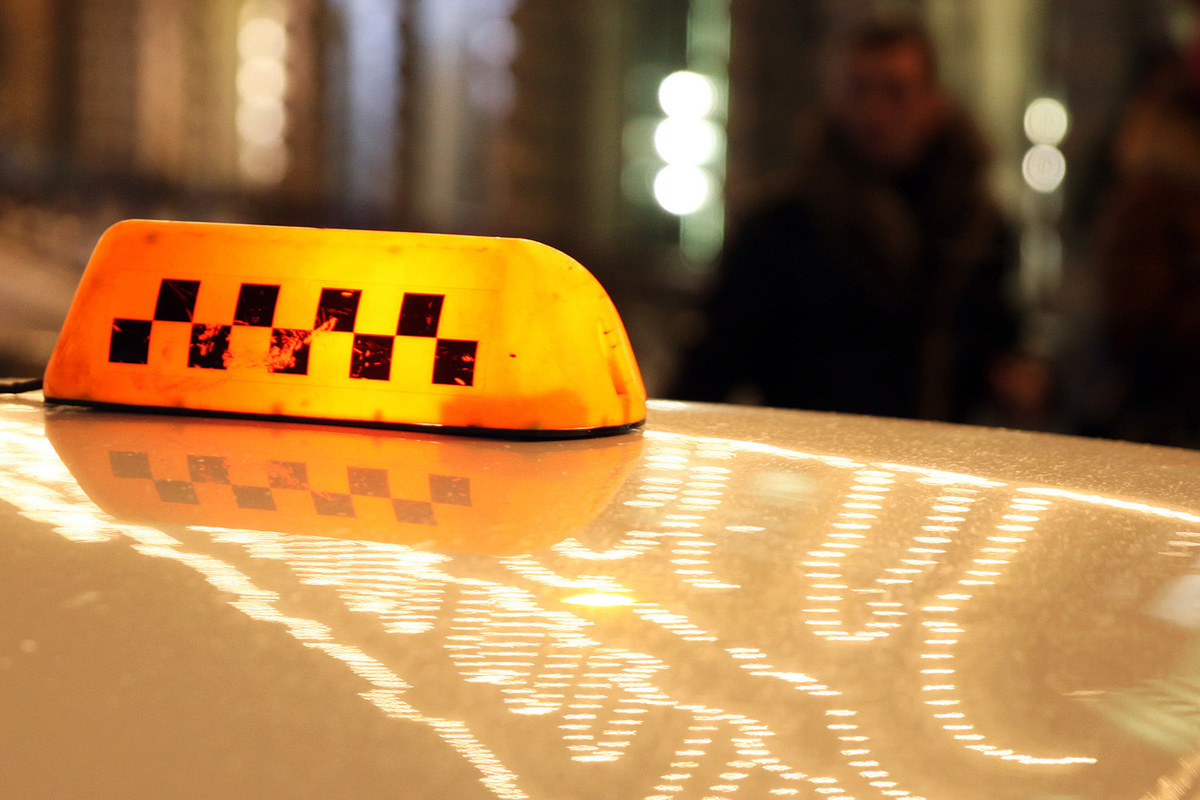Taxi drivers refused to regulate prices: we won’t go in the snow
[ad_1]

Checkered cars may cease to be public transport
State Duma deputies proposed limiting the markup on taxi transportation in bad weather – it should be no more than 20%, parliamentarians believe. This is the result of recent discussions on social networks regarding the absurdly high taxi fares amid heavy snowfalls in the capital. At the same time, it is not obvious who exactly – drivers or aggregators – is “raising” the price. It seems that the Moscow taxi system, which emerged in the 2010s, is becoming hostage to its own status as “public transport”.
A proposal to limit the markup on taxi fares in bad weather was expressed by State Duma deputies Alexei Govyrin and Vitaly Milonov. “The calculation of coefficients in taxi applications in snowy weather should not exceed 20% of the normal cost of a trip under normal conditions. Then the price will be more or less normal for the consumer, and the taxi driver will not be in the red. Taxi prices are already regularly rising due to increased costs for servicing vehicles and rising costs of carriers; weather conditions are taken into account in the prices of aggregators,” RIA Novosti quotes Govyrin.
Vitaly Milonov added that we are talking about a “specific threshold price” for trips within ten kilometers. “I am convinced that there should be reasonable price restrictions for trips over short distances, between work and home,” the deputy emphasized. “Snow or bad weather is, of course, a factor affecting the cost, but should not turn travel into a luxury.”
This is how parliamentarians reacted to taxi tariffs discussed on social networks during the recent Moscow snowfalls and freezing rain – a 7 km trip at the Comfort tariff could cost over 1000, in some places up to 2000 rubles. Such prices were perceived as unreasonably high.
“We don’t make any extra money in bad weather when working with aggregators,” Vladimir Nikonov, the owner of a small carrier company, told MK. – We get about 20 – 30% more. But those who drive a car in snow and icy rain know that working in such conditions is much more difficult. And there are more risks of accidents. And fuel consumption. And most importantly, getting from point A to point B sometimes takes many times longer. There are cases when you have to drive an hour to where you usually get there in twenty minutes.
As for aggregators, the following explanations are heard on their part: the algorithm increases the price based on the availability of free cars in the given area. Representatives of aggregators do not say whether the price can increase several times, citing algorithms. There are also comments linking the situation to a decrease in the number of taxi drivers: State Duma deputy Dmitry Gusev, for example, refers to the Taxi Law, which has made the life of self-employed taxi drivers more difficult.
“This is what we legislators have to do,” says Gusev. “To help the self-employed return to the white zone, to be able to earn extra money legally, and also to understand the algorithms of order search engines.”
At the same time, the largest of the aggregators is inspected by the FAS: the service is recognized as dominant, in violation of the federal law “On Protection of Competition,” and this may lead to inspections and antitrust measures. True, inspections of IT companies – and the aggregator is included in their register – are limited by a government moratorium.
It is not yet clear how this situation will be resolved, but it is already obvious: only stricter government regulation can curb prices for taxi transportation. In approximately the same way as is done with tariffs for public transport (and taxis have been considered one of the types of public transport for many years). But will it be possible to do this without dismantling the entire taxi system altogether and returning to Soviet taxi fleets? So far this is far from obvious.
[ad_2]
Source link








